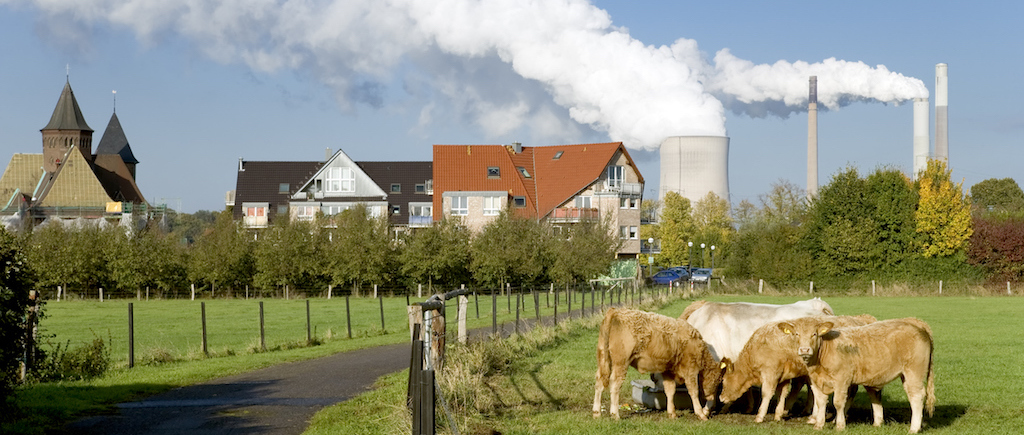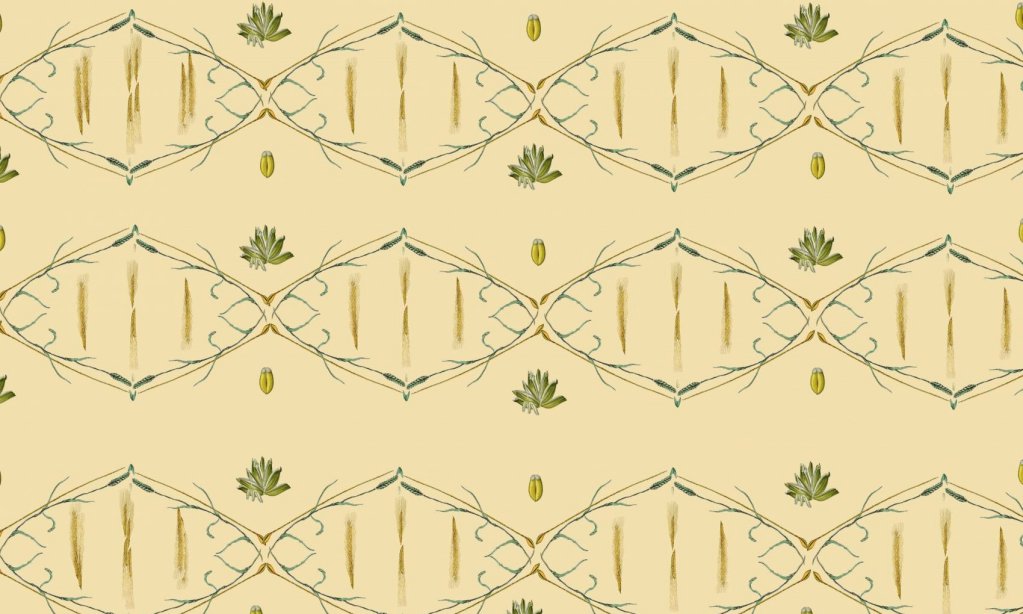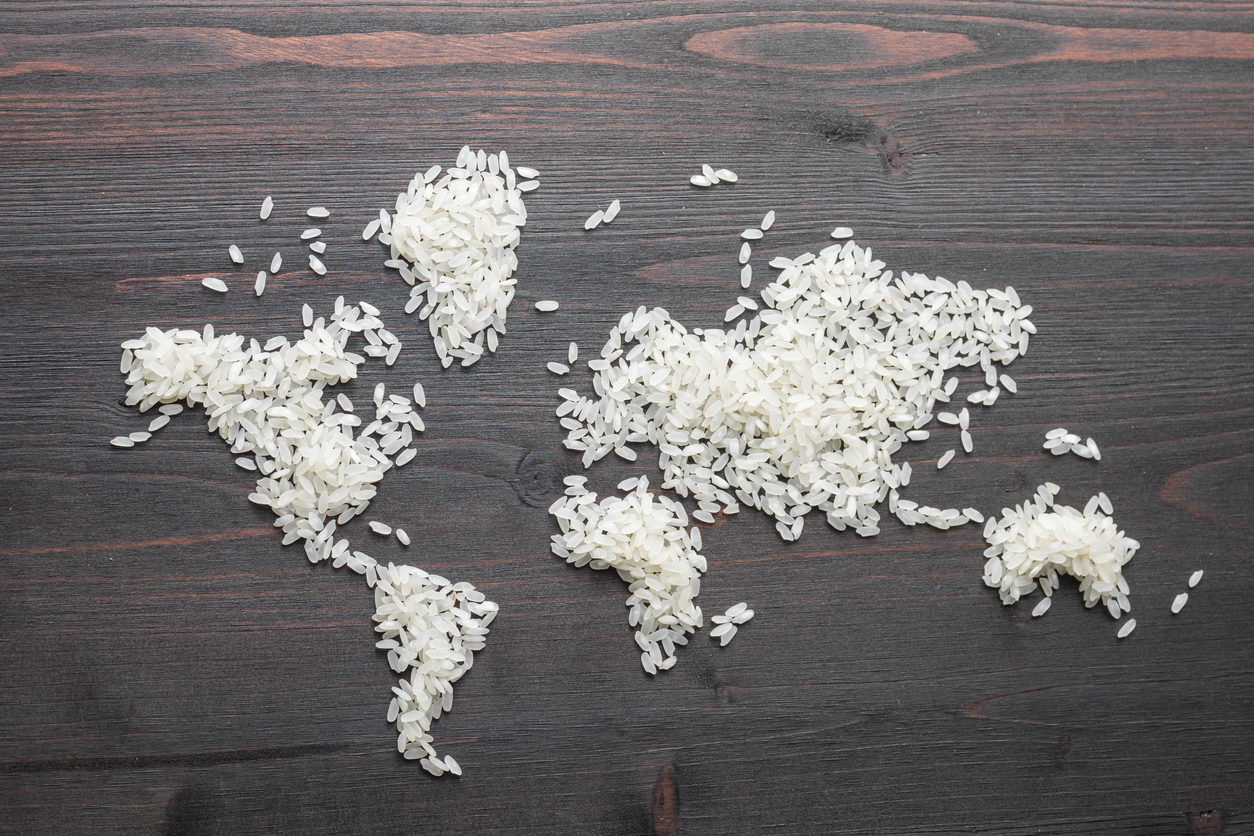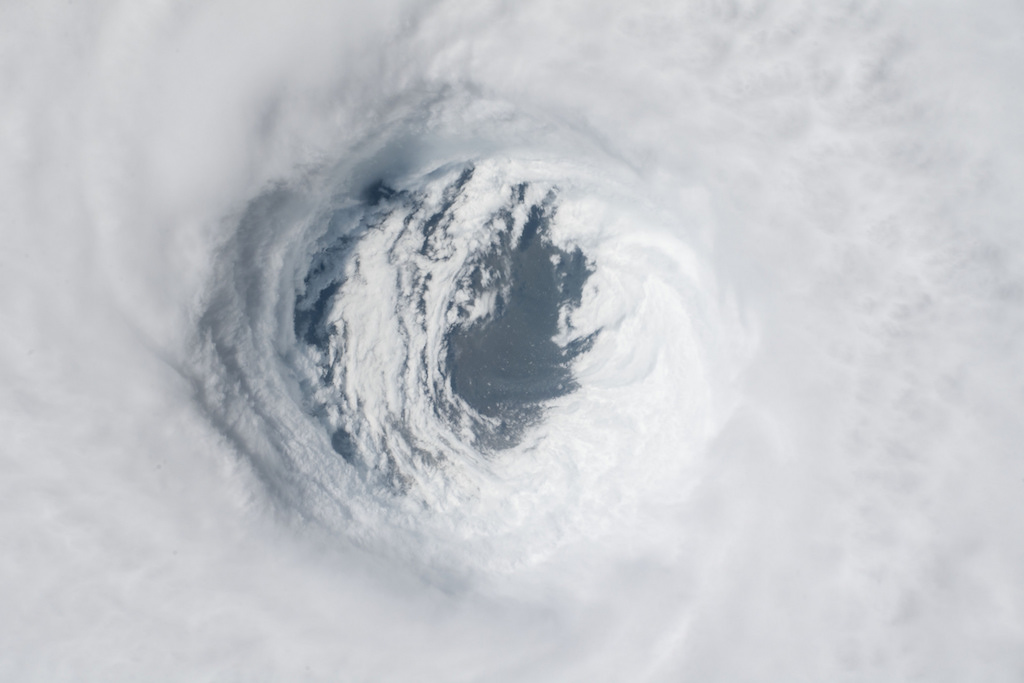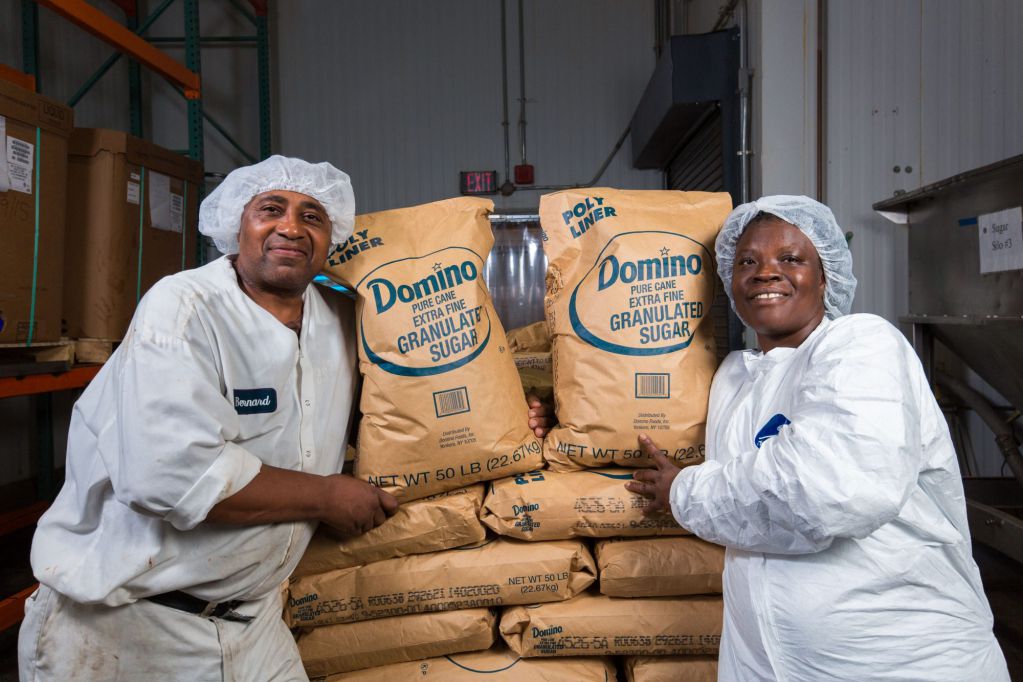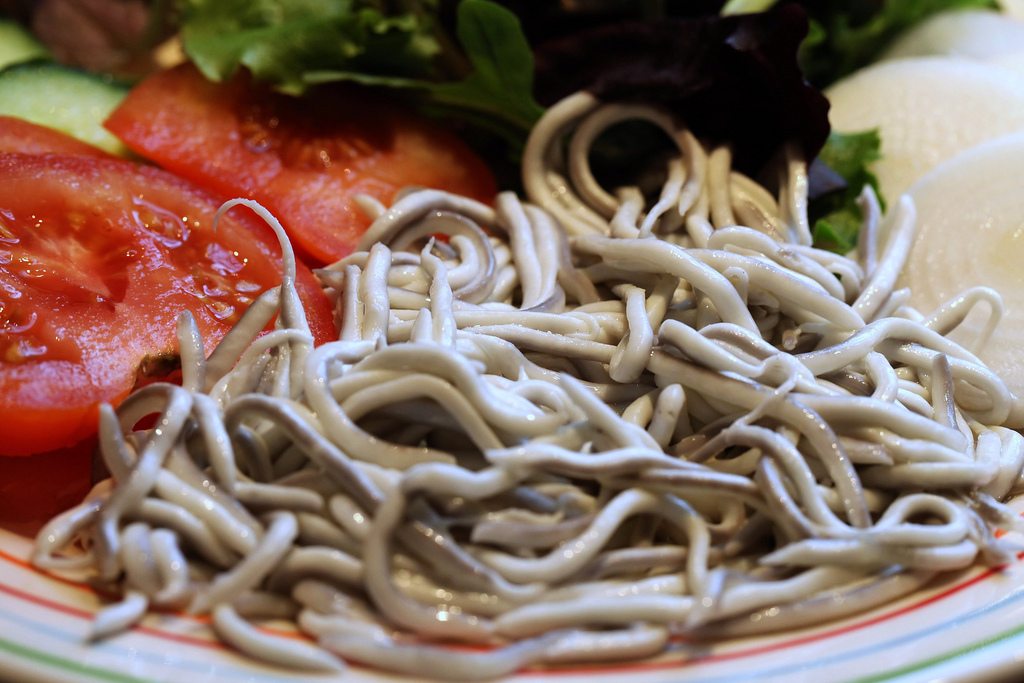Peter McCoy crowdfunded his new book, Radical Mycology, by training a mushroom to break down a cigarette butt and posting a video of the process online. To publish the book, he also founded his own press and illustrated the cover himself. This relentless devotion to all things bootstrap and DIY is common throughout the radical mycology movement–which McCoy also co-founded—a loose collective of fungi fans that promotes an open-source approach to sharing information and skills related to mushroom cultivation and “mycoremediation” (a more scientific term for the process that made the butt trick work).

The textbook-sized result of his efforts, released this winter, clocks in at 672 pages. It was born of McCoy’s frustration with the existing approach to working with fungi, which he and other radical mycologists believe is inaccessible and often reductive. The mission of the movement is to “shatter these paradigms around what fungi are and how we can think about them.”
And the movement itself? Well, it’s a little like the underground mycorrhizal networks it champions—vast, complex, and under the radar. It’s made up of people from all walks of life, united by mushroom-fueled curiosity and what McCoy describes as “a certain personality type.”
Radical mycologists have been connecting via webinars and annual Radical Mycology Convergences for a decade, and since the movement’s inception in 2006, McCoy has written, illustrated, and distributed fungi-themed zines free of charge. But with the release of his book, McCoy synthesizes ten years spent rooting around in the fungal universe into a massive compendium of everything from large-scale mycoremediation to DIY at-home mushroom cultivation. The first printing of Radical Mycology: A Treatise on Seeing & Working with Fungi sold out quickly, and McCoy is taking the book on tour starting in August.
The book, at its core, is a primer on how to find, grow, eat, train, identify, heal with, and trip on fungi of all shapes and sizes. But it meanders from that mission just enough to appeal to those of us who have no intention of sanitizing our closets and spreading the spores: from its punk rock aesthetic to poignant essays on fungi fear and a guest-authored herstory of the fungal queendom, Radical Mycology isn’t like any existing fungi tome out there.
The following interview has been edited for clarity and length.
 US Forestry Service
US Forestry Service Boletus haematinus
What’s radical about mycology?
We are at the beginning of an incredible mycocultural revolution, as I call it in the book, and we really have no idea where we are heading.
We’ve been cultivating and domesticating plants for 10,000-12,000 years. We’ve been growing mushrooms on logs for about 2,000 years. Laboratory-type stuff is only about 100 years old, and the kitchen-based techniques I promote in the book are about 10 years old.
Anybody can join this and pick up the skills, and it gets easier every day, thanks to the internet. For people interested in food, the time is right to start a mushroom farm, or a mushroom co-op. Interest in mycology is only going to increase. It’s a super exciting time.
You crowdfunded this book, a project which included founding your own press. What was that like?

Peter McCoy
The goal in writing the book is to make all this stuff incredibly accessible, and so I did a crowdfunding campaign. I made the classic crowdfunding mistake in missing some of the proper research—I didn’t ask for as much was needed, and I ended up paying some of it out of pocket, but it worked out. (In total, McCoy raised $19,587.)
I self-published it, and I’m starting a publishing company. The hope is to release not only my own books, but media with and by other people. I’m still dialing in the process, but eventually I’m likely to produce complementary books—supplements, supports, additional resources to digest the information and work with it.
People get really excited about mycoremediation—fungi’s ability to break down oils and pesticides. For your crowdfunding campaign, you made a video of a mushroom consuming a cigarette butt. What’s stopping us from using fungi to clean up large-scale oil spills, for instance?
I see this time and time again: People get super excited about mycoremediation and there’s tons of potential, but people think it’s as easy as “throw a mushroom at an oil spill and it’ll fix it,” and it doesn’t take into account some of the other variables. What I’ve learned over the years the slow and hard way is that the topic is way too far ahead of folks.
Before you can do good remediation, you need to understand cultivation. Before you can do cultivation, you need to understand fungal ecology and biology, which is why I lay out the book the way I do.
At the same time, it’s not necessarily a very complicated science. You do need to understand what the fungus needs to grow and be healthy and happy. It’s great that these living organisms can do these wonderful things that we as humans can’t, but that doesn’t mean that they can just do it in the blink of an eye or by us yelling at them.
We have to do a lot of work as well: we have to manifest the right environment and nurture them to support their abilities to do these things.
Hydnellum peckii
What actually happens during mycoremediation? Do fungi break down harmful chemicals, or do they just absorb them?
Take a cigarette butt or an oil-saturated soil: one of the unique abilities of fungi is that they are great decomposers. They are vastly more powerful and more responsible for decomposition than bacteria. Up to 90% of all decomposition is due to fungi.
They break things down through the release of powerful organic acids, and they also release a vast suite of enzymes that can break down all kinds of compounds. A lot of the really toxic chemicals that are persistent in the environment—Agent Orange, DDT, some pesticides—the reason these things are persistent is because of their chemical structure.
These structures are complex: they’re basically a bunch of benzene rings, and bacteria don’t have the energy or the right enzymes to break them down. It’s too energy-taxing for bacteria.
Fungi can break down these really intense chemicals because they already break down lignin, which is the woody material in trees. It’s a natural process. It’s basically a coincidence, if you will, that the same processes used to break down lignin naturally break down these chemicals.
There’s no real magic to it, but to enable the fungi to best break down chemicals, you need to give the fungi a balanced diet. The chemical may not give it all the nitrogen it needs, or all the trace minerals it needs to function, so that’s where mycoremediation requires skill: giving the fungi a good diet. Once they’re healthy, you can do stuff as a cultivator to increase their strength. They become stronger and stronger at breaking down a chemical. We call it “training” or “acclimating.”‘
They get more accustomed to what they’re eating and they start to prefer these chemicals. Then, once you get the mushroom acclimated in the lab, you can bulk it up and apply it across the landscape.
 Kipp Kruger
Kipp Kruger Cultivating the Amadou mushroom (Fomes fomentarius)
Who’s working on mycoremediation right now? How do you see it moving forward?
Mycoremediation design takes time, labor, energy, thought, money, so you want to do it right. A lot of what happens it that people just get some spawn and throw it out there, and it’s not really well-designed. The unforeseen side effect of that is that it delegitimizes the whole science. It gives mycoremediation a bad rap.
Another major issue with mycoremediaton is that a lot of the techniques are patented [by universities and biotech companies]; there’s no economic incentive for stuff to get developed.
It needs to be a grassroots thing, it needs to be a volunteer thing. That’s where we’ve come from with radical mycology. We need to open-source the information. We can do this, but we need to recognize that it’s going to be a labor and it’s not going to be super easy.
We have the ability, the resources, and the internet to speed up this process.
https://www.instagram.com/p/BIItmppjJ9T/?taken-by=radmycology
Psilocybin—the psychedelic compound found in many “magic mushrooms”— is gaining a lot of mainstream traction with new studies and the attention of Michael Pollan. It’s being touted as an effective treatment for anxiety, “existential distress,” and even cluster headaches. You spend a full chapter of your book placing psychoactive mushrooms in historical context—why this approach?
At the Telluride Mushroom Festival, there was certainly a strong voice from people trying to normalize and destigmatize psilocybin and magic mushrooms.
Synthetic psilocybin can help alleviate the depression and anxiety that comes with a diagnosis of terminal illness, so people toward the end of life can live a better life and not be stuck in a rut.
On a physiological, medical basis, there’s some peer-reviewed research—maybe not a ton—that it can help with cluster headaches. An overwhelming amount of anecdotal evidence shows that microdoses (subhallucinogenic doses) can alleviate symptoms for months at a time.
Otherwise, you’ll read scattered, limited, not statistically significant studies showing some potential, but the numbers aren’t there to substantiate strong claims.
In my opinion, the reality is that historically, psilocybin mushrooms have been not nearly as commonly used or highly regarded as amanita muscaria, the red and white “Mario Bros. mushrooms.” That’s the heavy hitter when it comes to history and cultural and religious importance.
I look at the historical approaches that humans have, and think about, why were psilocybin mushrooms not appreciated? In the Native American populations near where I live in Portland, Oregon, they were incredibly abundant, but they weren’t really used by the Native Americans whatsoever. I find that interesting.
 Jason Hollinger
Jason Hollinger Lepraria neglect
You include a personal essay in the book about fear of mushrooms—”mycophobia”–and your own theory about what drives that fear. Tell us about the origin of that narrative.
Fear of fungi is a completely unacknowledged component in all this—people are so focused on ‘can I eat it, and how many people have eaten it, and for how long,’ they don’t realize that perhaps fungi have influenced us in much deeper and more important ways.
I didn’t even know I was going to write about mycophobia. I set aside all these random factoids about creepy, strange fungi… but then I started putting all these things together, and I said, ‘wait a second…’
Fungi is one of the largest branches on the tree of life, and for us to have no relationship with it… it has an effect that we can’t even articulate because we don’t realize that it’s missing.
Writing the essay helped me put words to a feeling that I’ve had, and I think it’s a common feeling in the mycological world. I’ve met so many people who are completely fascinated by fungi. People get bit—they’re totally overwhelmed by it.
But I’ve always sort of wondered if perhaps there’s something deeper, that we sense on an intuitive level.
Fungi symbolize the generative, life-giving ability of nature, and people are a little afraid of that. But I think that’s such a beautiful thing, the way fungi regenerate and give life in their own way.



